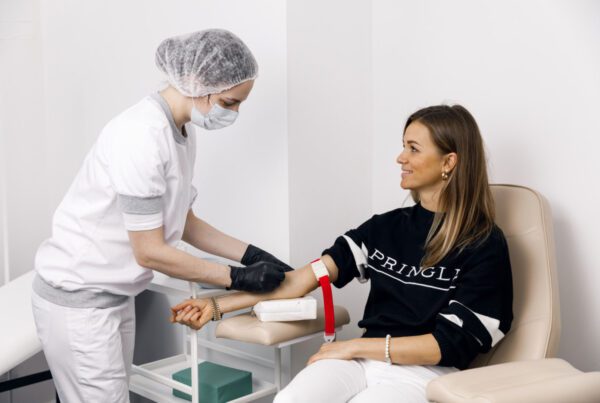Navigating the waters of mental health treatment can be a challenging and deeply personal experience. When it comes to ketamine treatment, especially for conditions like depression, anxiety, and PTSD, the journey can feel even more daunting. However, an essential part of this journey is open communication with your partner, significant other, or support system. Here’s a comprehensive guide to explain your ketamine treatment journey, its purpose, and how your loved ones can support you.
What is Ketamine? What Does it Entail?
Firstly, it’s crucial to understand what ketamine is and what treatment entails. Traditionally used as an anesthetic in medical settings, ketamine has emerged as a promising treatment for various mental health conditions. In controlled doses, it can provide rapid relief from symptoms of depression, anxiety, and PTSD, among others.
The Science Behind Ketamine
Ketamine works differently from traditional antidepressants. It targets the NMDA receptors in the brain, which play a crucial role in mood regulation and synaptic plasticity. By acting on these receptors, ketamine can rapidly increase the production of neurotransmitters that help elevate mood and improve neural connectivity. This mechanism can lead to quick symptom relief, often within days, unlike traditional antidepressants, which may take weeks to become effective.
Explaining Why You Are Choosing Ketamine Treatment
When discussing your choice with your partner or support system, emphasize the unique benefits of ketamine treatment:
- Rapid Relief: Ketamine can provide quick symptom relief, a significant advantage for those who have not responded well to other treatments.
- Novel Mechanism of Action: Its unique way of acting on the brain offers hope for treatment-resistant depression and other conditions.
- Professional Oversight: Ketamine is administered under the prescription and guidance of a healthcare professional.
What to Expect During Treatment
It’s essential to set realistic expectations about the treatment process. Here’s what typically happens during the ketamine treatment process:
- Assessment and Prescription: A healthcare professional will assess your condition and prescribe a suitable dosage.
- Administration: Ketamine is typically prescribed intravenously or intramuscularly in the office setting. If participating in an at-home ketamine treatment program, the medicine is usually administered in tablet or nasal spray form.
- Monitoring: Regular follow-ups are crucial to assess the treatment’s effectiveness and make necessary adjustments.
Side Effects and Safety
Like any treatment, ketamine has potential side effects, including nausea, dizziness, dissociation, or temporary changes in perception. Discussing these with your support system is essential so they know what to expect and how to assist you.
How Your Partner or Support System Can Help
- Be Informed: Encourage them to learn about ketamine treatment to understand better what you are going through.
- Provide Emotional Support: Their emotional support is invaluable. Just being there to listen and offer comfort can make a significant difference.
- Help Monitor Treatment: They can assist in observing any changes in your symptoms or side effects and encourage you to stay in touch with your healthcare provider.
- Ensure a Safe Environment: During and after administration, it’s vital to have a calm, comfortable, and safe space.
The Importance of Communication
Continuous, open communication is vital. Regular check-ins about how you’re feeling and how the treatment affects you can help your support system stay engaged and responsive to your needs.
Conclusion: A Shared Journey
Remember, mental health treatment is not just a personal journey but a shared one, especially when it involves those closest to you. Providing them with the correct information and setting clear expectations can make your support system a pillar of strength and comfort throughout your treatment. Your courage in embarking on this journey and your willingness to share it with your loved ones is a powerful step toward healing and well-being.



